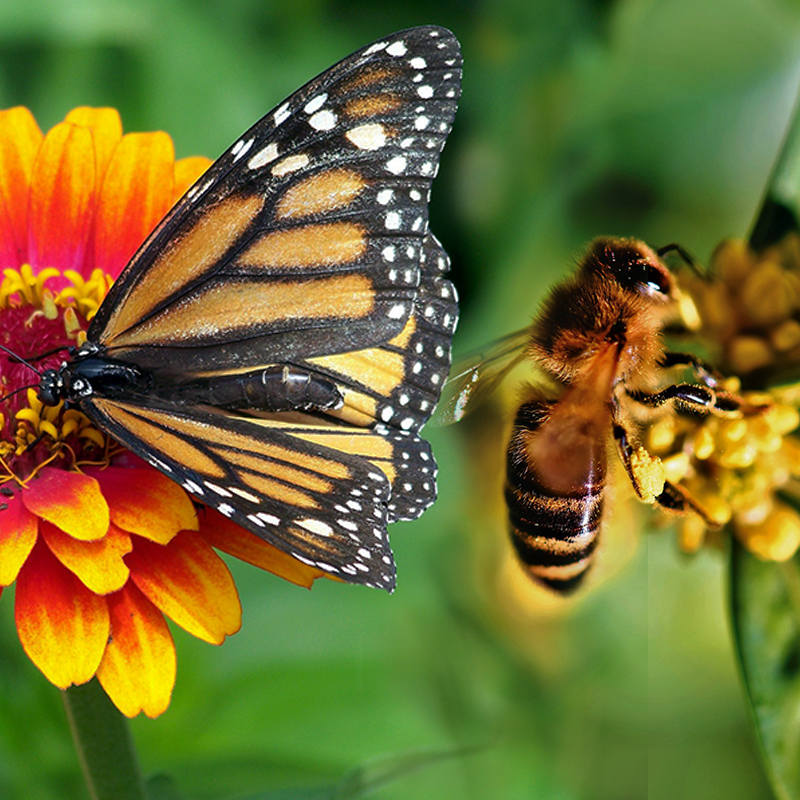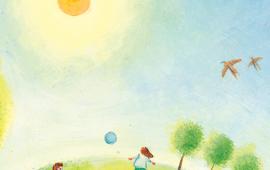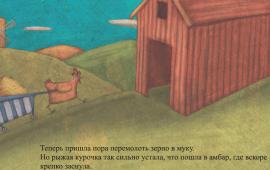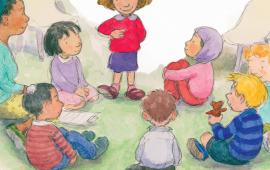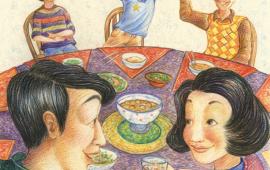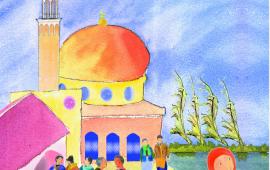Wild March winds and gentle April showers eventually help May flowers to grow in our gardens, so where are the bees and butterflies?
Green fingers don’t exactly run in my family, but we love visiting gardens and learning how to grow things, and like many of us, we’ve noticed how we don’t see as many bees and butterflies in the garden as we used to.
Last weekend in the garden I was overjoyed to hear one of our bushes buzzing, actually buzzing, there were so many bees enjoying the flowers. I still believe the very first lavender bush I ever grew flourished at least in part because my local bees were so active on it.
Did you know that around 270 different varieties of bee have been spotted in the UK? And worldwide, there are thought to be over 25,000! Most of us would recognise a honey bee or a bumble bee if we met them, but there are others too. The mason bee, for instance, likes to live in bee hotels and stone walls, and there are even different types of bumble bee.
Then there are the butterflies. We might think of them as slightly destructive in their larva stage as they munch their way through everything in sight, but actually they’re just as essential for pollination as bees. They’re not as efficient as bees: butterflies have to carry the pollen on their legs, rather than coat their whole bodies in it the way bees do. Butterflies prefer open flowers, and have a particular fondness for heathers and honeysuckle. And while bees have problems seeing the colour red, butterflies are thought to spot it easily.
Speaking of butterflies, which are the mature form of the larva, did you know a certain caterpillar has a VERY special birthday on 3 June this year? Yes, the Very Hungry Caterpillar is about to turn 50. He and I more or less grew up together; this was one of the books I used to help my younger sister learn to read; and she then used it to help her kids. Our great nieces and great nephew are also familiar with the tale.
While the Hungry Caterpillar was written in English originally, we have bilingual versions including Arabic, Bengali, Gujarati, Panjabi, Urdu and English. If you’d like to encourage children to share their version of the story in any language, or persuade parents, grandparents, aunties, uncles and anyone else interested to tell this enduring tale in their mother tongue, or you’d like to try out the Kamishibai way of doing things, we’ve got a pack for you!
References and further information
Amazing UK pollinators you might not have thought of, Grow Wild, https://www.growwilduk.com/blog/amazing-uk-pollinators-you-might-not-have-thought (accessed 30 May 2019)
Bee-friendly plants for every season, Friends of the Earth, https://friendsoftheearth.uk/bees/beefriendly-plants-every-season (accessed 30 May 2019)
Butterfly Life Cycle / Butterfly Metamorphosis, Learn About Nature, https://www.thebutterflysite.com/life-cycle.shtml (accessed 30 May 2019)
Pollination (c.2019), Buglife, https://www.buglife.org.uk/bugs-and-habitats/pollination (accessed 30 May 2019)
The wonderful world of bees.....(c2019), Buzzaboutbees.net, https://www.buzzaboutbees.net/types-of-bees.html (accessed 30 May 2019)
Who's who of British Bees (c2018), Api:Cultural, http://www.apicultural.co.uk/whos-who-of-british-bees (accessed 30 May 2019)
Last weekend in the garden I was overjoyed to hear one of our bushes buzzing, actually buzzing, there were so many bees enjoying the flowers. I still believe the very first lavender bush I ever grew flourished at least in part because my local bees were so active on it.
Did you know that around 270 different varieties of bee have been spotted in the UK? And worldwide, there are thought to be over 25,000! Most of us would recognise a honey bee or a bumble bee if we met them, but there are others too. The mason bee, for instance, likes to live in bee hotels and stone walls, and there are even different types of bumble bee.
Then there are the butterflies. We might think of them as slightly destructive in their larva stage as they munch their way through everything in sight, but actually they’re just as essential for pollination as bees. They’re not as efficient as bees: butterflies have to carry the pollen on their legs, rather than coat their whole bodies in it the way bees do. Butterflies prefer open flowers, and have a particular fondness for heathers and honeysuckle. And while bees have problems seeing the colour red, butterflies are thought to spot it easily.
Speaking of butterflies, which are the mature form of the larva, did you know a certain caterpillar has a VERY special birthday on 3 June this year? Yes, the Very Hungry Caterpillar is about to turn 50. He and I more or less grew up together; this was one of the books I used to help my younger sister learn to read; and she then used it to help her kids. Our great nieces and great nephew are also familiar with the tale.
While the Hungry Caterpillar was written in English originally, we have bilingual versions including Arabic, Bengali, Gujarati, Panjabi, Urdu and English. If you’d like to encourage children to share their version of the story in any language, or persuade parents, grandparents, aunties, uncles and anyone else interested to tell this enduring tale in their mother tongue, or you’d like to try out the Kamishibai way of doing things, we’ve got a pack for you!
References and further information
Amazing UK pollinators you might not have thought of, Grow Wild, https://www.growwilduk.com/blog/amazing-uk-pollinators-you-might-not-have-thought (accessed 30 May 2019)
Bee-friendly plants for every season, Friends of the Earth, https://friendsoftheearth.uk/bees/beefriendly-plants-every-season (accessed 30 May 2019)
Butterfly Life Cycle / Butterfly Metamorphosis, Learn About Nature, https://www.thebutterflysite.com/life-cycle.shtml (accessed 30 May 2019)
Pollination (c.2019), Buglife, https://www.buglife.org.uk/bugs-and-habitats/pollination (accessed 30 May 2019)
The wonderful world of bees.....(c2019), Buzzaboutbees.net, https://www.buzzaboutbees.net/types-of-bees.html (accessed 30 May 2019)
Who's who of British Bees (c2018), Api:Cultural, http://www.apicultural.co.uk/whos-who-of-british-bees (accessed 30 May 2019)
Related Posts
-
Mind Your Language - A Note On the UN's International Literacy Day 2019
-
Bird Brains And Other Wildlife - The Next RSPB Birdwatch Is Heading Our Way...
-
9 Benefits of Reading to Children
-
And a very merry May Day to you too – some Mayday and Beltane celebrations and traditions
-
The Latest British Council report reveals struggle of language learners in the UK. Can bilingual books help?
-
Breaking The Ice On Your First Day At School
-
Not Everyone Celebrates New Year on 1 January....
-
Ramadan Begins!
-
A new kind of PENfriend – Mantra Lingua’s new digital device to help make sense of the world all around you
-
Do You Speak This Language? The Mantra Lingua L1 Key Terms & Letters Library

